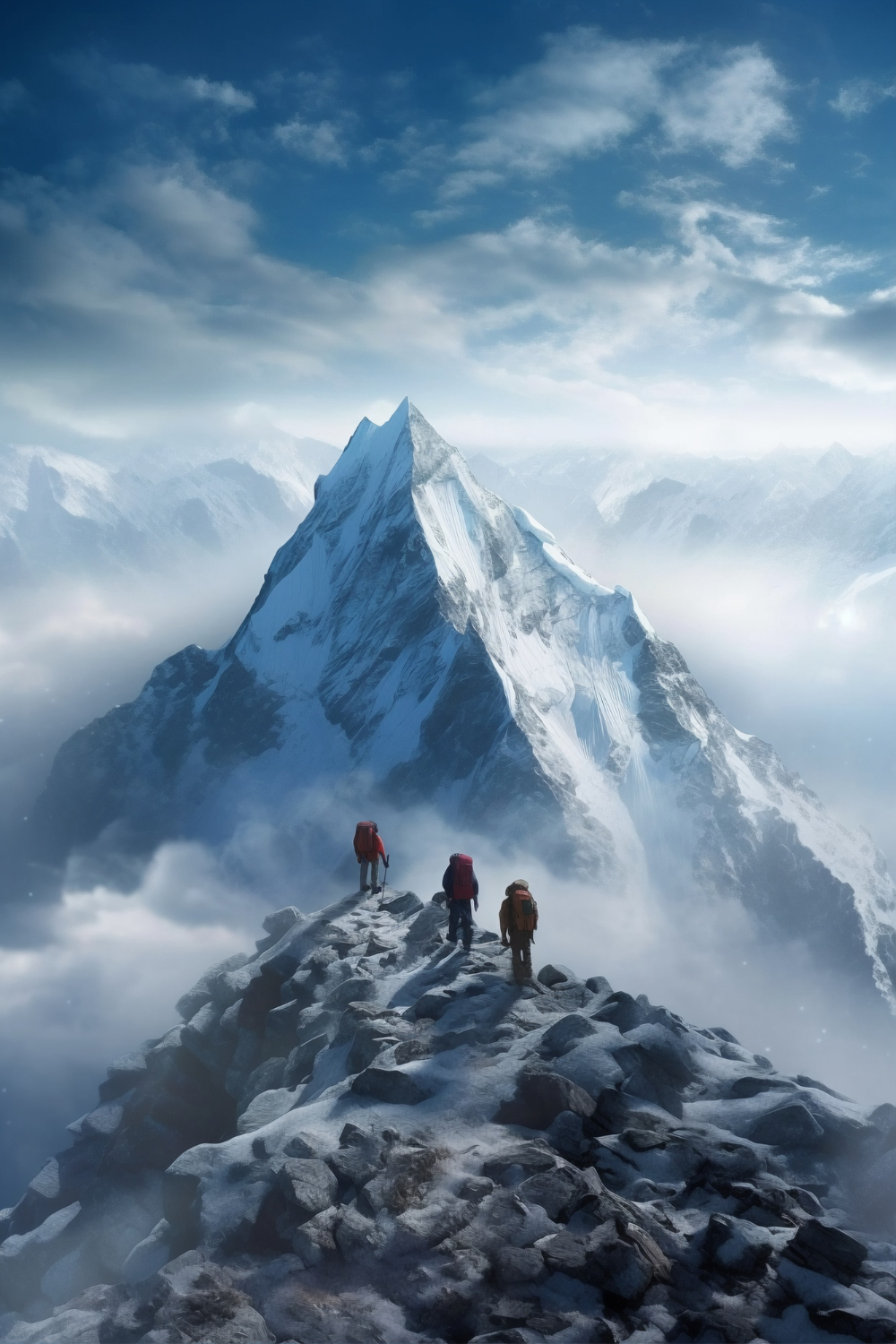Everest’s Unforgiving Nature: What Makes It Dangerous to Climb
 At 29,031 feet above sea level, Mount Everest is the tallest peak on Earth. It’s a magnet for adventurers, thrill-seekers, and those who dare to test their limits against nature’s most formidable challenges. However, beneath its majestic allure lies a harsh reality – Everest is not just another mountain hike. Its unforgiving nature makes it one of the most dangerous places to climb.
At 29,031 feet above sea level, Mount Everest is the tallest peak on Earth. It’s a magnet for adventurers, thrill-seekers, and those who dare to test their limits against nature’s most formidable challenges. However, beneath its majestic allure lies a harsh reality – Everest is not just another mountain hike. Its unforgiving nature makes it one of the most dangerous places to climb.
Table of Contents
How Dangerous It Can Be
The dream of conquering Everest often blinds enthusiasts to the imminent dangers that lie ahead. The climb, besides being physically taxing, comes with a multitude of risks. Let’s delve into what makes this seemingly serene giant a treacherous adversary.
The Challenge of High Altitude
The human body, like any well-tuned machine, thrives in certain conditions. High altitudes are not one of them. As climbers ascend, they encounter thinner air, which means less oxygen for the body to function. This can lead to altitude sickness, presenting symptoms like headaches, nausea, and dizziness. If not addressed promptly, it can escalate to life-threatening conditions like pulmonary or cerebral edema.
Extreme Weather Conditions
Everest’s weather is as unpredictable as a rollercoaster ride – only you’re thousands of feet up in the air, and there’s no safety bar. Temperatures can plunge to -30 degrees Celsius, and winds can reach speeds of over 200 mph. These extreme conditions can induce hypothermia and frostbite, making every step a battle for survival.
Avalanches and Icefall Hazards
Avalanches are a constant threat on Everest. The Khumbu Icefall, a notorious section of the climb, is a shifting maze of ice towers and crevasses that can change or collapse without warning. It’s like playing a game of Russian roulette with nature, where a misstep could spell disaster.
Physical and Mental Endurance
Climbing Everest demands both physical and mental fortitude. The body must be in peak condition to withstand the grueling climb, and using heel support can help mitigate the impact on your feet. Some climbers even hike with barefoot shoes to build foot strength and increase stability. However, the battle is also psychological. Fear, isolation, and exhaustion can play tricks on the mind, making each step a mental struggle.
Preparation is key to tackling Everest. This includes rigorous physical training, acclimatizing to high altitudes, and learning to wear and use appropriate gear efficiently.
Conclusion
Mount Everest, with its alluring beauty, stands as a testament to the raw power and unpredictability of nature. It’s a reminder that adventure comes with risks, and that conquering a mountain isn’t about reaching the summit alone, but also about respecting the journey and the lessons it imparts. So, if you’re dreaming of Everest, remember: it’s not just a climb, it’s a battle against nature’s most unforgiving aspects. Are you up for the challenge?









